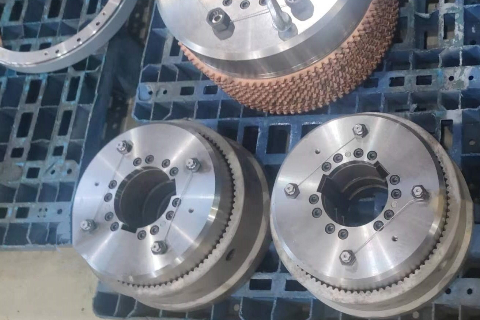
Working Principle of Industrial Hydraulic Wet Clutch
2023-09-19 15:05Industrial hydraulic wet clutch is a transmission device commonly used in equipment such as engineering machinery and automobiles. Its working principle is to realize clutch operation through hydraulic transmission.
The basic structure and components of a hydraulic wet clutch: A hydraulic wet clutch is mainly composed of two main parts: the driving plate and the driven plate. The driving plate is generally installed on the output shaft of the engine, while the driven plate is connected to the transmission system. The two plates are in contact with each other through friction discs to form a friction pair. When the hydraulic transmission system exerts a certain pressure, the contact surface between the friction plates generates friction force, thereby realizing the clutch operation.
The working process of the hydraulic wet clutch:
In the clutch state: When the working pressure of the hydraulic transmission system is zero, the hydraulic wet clutch is in the clutch state. At this time, the friction plates between the driving plate and the driven plate are completely separated, and no friction is generated. There is no torque transmitted between the engine's output shaft and the transmission system, and the vehicle is in a free state.
In the combined state: When the hydraulic transmission system exerts a certain pressure, the hydraulic wet clutch is in the combined state. At this time, the working pressure of the hydraulic transmission system is transmitted to the friction plate through the clutch locking device, causing it to generate friction. Friction connects the driving plate and the driven plate together to realize the transmission of torque. The rotational power of the engine is transmitted to the transmission system through the hydraulic wet clutch to drive the vehicle to move.

